|
 |
|
Kallitype prints
The chemistry of kallitype and platinum printing is very similar,
with the important difference that the kallitype prints consists
of metallic silver.
Exposure to UV light reduces the oxalato-complex of iron(III)
to an iron(II) oxalato-complex, which in its turn is a very strong reducing agent
acting on the silver ions to become metallic silver.
The molar content of silver in the sensitizing solution should be about
the same as the molar content of the platinum method, i. e. 0.3 M.
The oxalato-complex can be exchanged to a citrate complex, and this method is usually called
van Dyke printing.
Kallitype can be called the poor mans platinum print, but is almost as
stable against ageing, if the printed paper is treated as a normal silver print paper
after development in water.
The metallic silver in the print can be toned in solutions afterwards, changing the
metallic silver to the more stable silver-selenide. It can also be toned in platinum or
gold solutions and in the case of platinum it will be hard to distinguished from a normal platinum print. Many old kallitype
is most likely platinum prints or vise versa.
|

  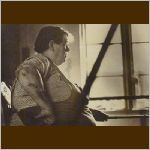

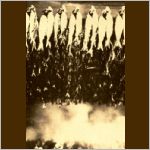  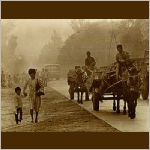

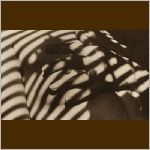  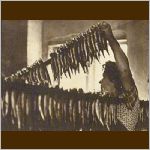 |
|